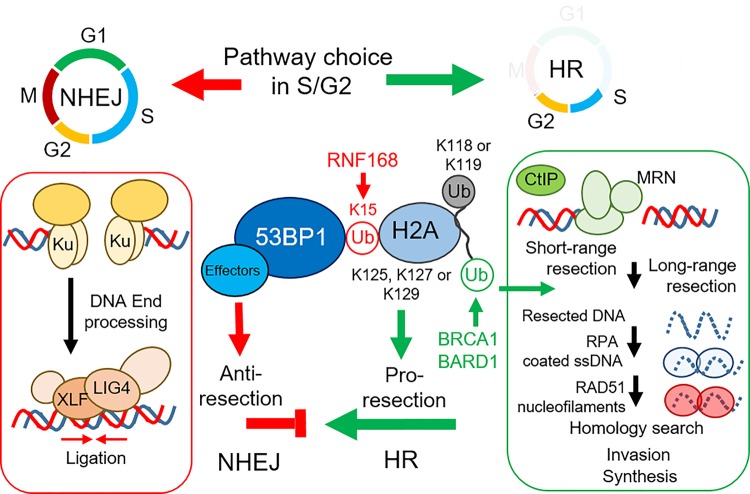Figure 1. NHEJ occurs at all stages of the cell cycle.
Ku70/80 heterodimers bind and stabilise the ends of the DSB. Other factors are also recruited by the Ku dimer. DNA end processing chemically modifies the bases to allow re-ligation. Ligase 4 (LIG4), XLF and other repair factors ligate the broken DNA ends. HR is restricted to S/G2, initial DNA 3′ end resection is initiated by the MRN complex and CtIP. Further resection promoted by the BRCA1–BARD1 heterodimer, EXO1 and DNA2 promote long range resection. The ssDNA generated by end resection is coated in the RPA heterotrimeric complex, which is then displaced by RAD51 nucleofilaments with the aid of the BRCA1–PALB2–BRCA2 complex. After RAD51 filament formation, homology search followed by invasion of the sister chromatid and synthesis of new DNA occurs. As the biology of these later processes in the context of Ub/Ubl modifications is poorly understood they are not illustrated here. As NHEJ can also occur in S/G2 pathway choice between HR and NHEJ occurs. The pro-NHEJ factor 53BP1 is recruited by K15 Ub modified H2A/H2AX while modification of K125/K127 or K129 by mono-Ub aids in nucleosome remodelling and displacement of 53BP1, this favours DNA end-resection and HR. Thus maintaining the balance of Ub signals dictates repair pathway choice.

